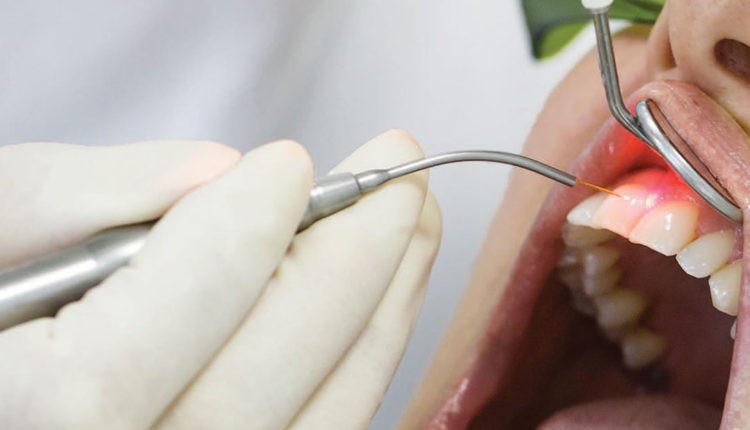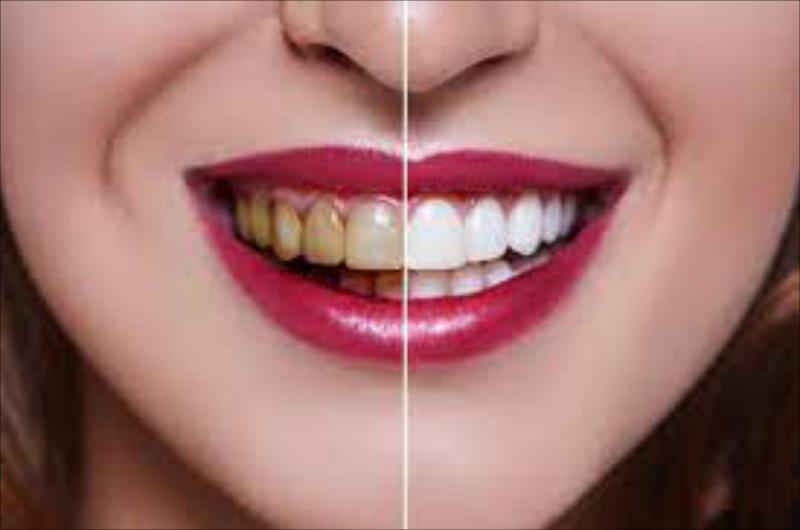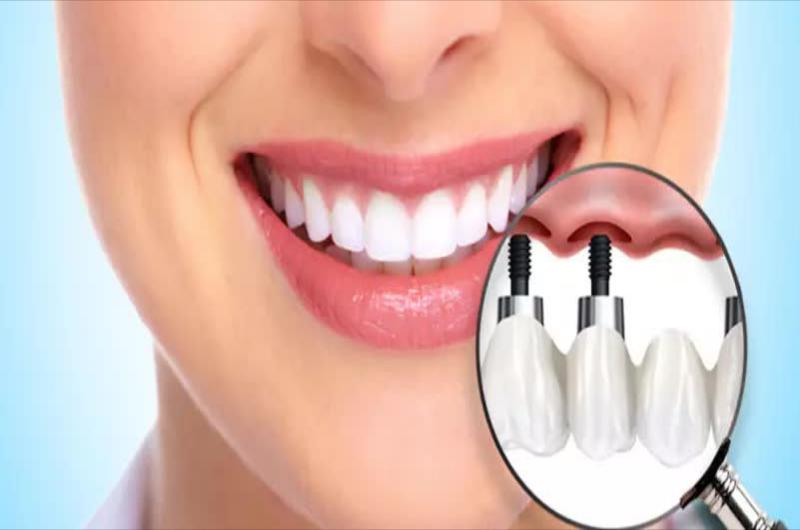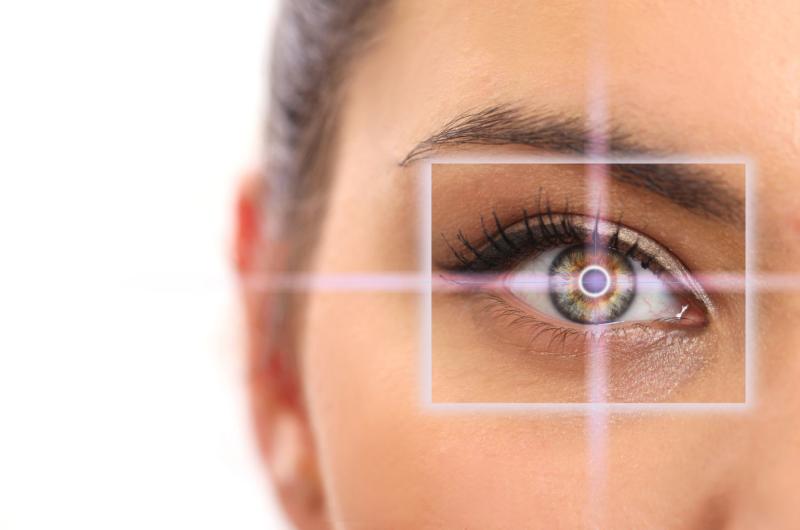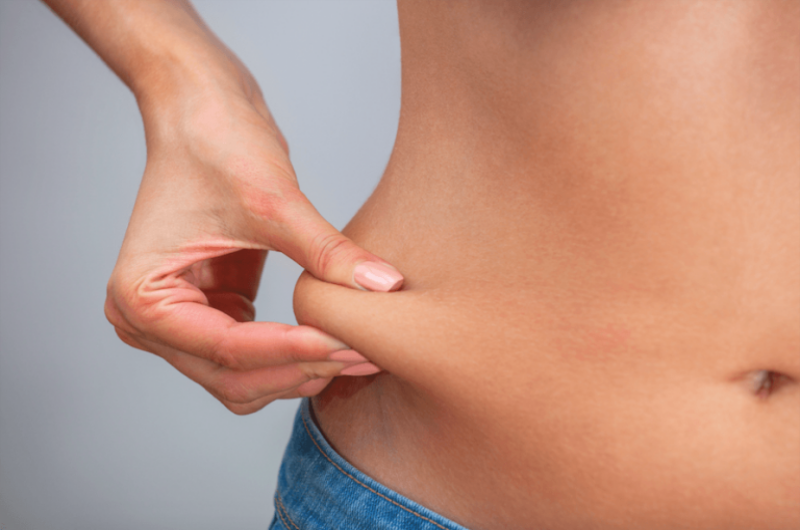About Treatment
Gingivectomy is a dental operation performed to remove inflamed or abnormally enlarged gingival edges and reduce gum pockets. In the absence of timely treatment, inflammatory process begins to affect ever deeper layers of tissue, thereby causing the gums to detach from the walls of the tooth and form pockets. In this case, gingivectomy allows not only to relieve inflammation in the periodontal tissues and prevent its spread to the bone tissues, but also to correct the gingival margin, solving the problem of aesthetic imperfections.
Modern Techniques of Gingivectomy
Modern techniques for gingivectomy are:
Simple gingivectomy. This method was first used in 1757, but became more widespread in 1912 - in this form, the technique is also used by modern dentists.
Partial gingivectomy. Distinctive feature of this technique from simple gingivectomy is partial excision of the gingival wall. The technique has an aesthetic effect and is applied on the anterior part of the row of teeth.
Radical gingivectomy is the most difficult technique that requires the virtuosity of a dental surgeon to preserve the aesthetic qualities of patient's dentition. The technique was first applied in 1990, after which it was constantly improved by the world's dentists.
How is the operation performed?
Before gingivectomy, it is important to perform professional oral hygiene to remove plaque and calculus.
The operation itself takes about 30 minutes, usually under local anesthesia. After anesthesia, doctor cleans the gums with antiseptic solution and measures the depth of the gum pockets. Then performs tissue excision with a scalpel or laser and removes the abnormal gum edge. After that, doctor conducts curettage - scraping the destroyed periodontal tissues, soft and hard microbial plaque. Upon completion of the operation, doctor cleans the gums with an antiseptic solution and applies bandages.
With successful operation, complications are almost impossible. The recovery time of patients after this surgery is usually short. It usually takes 4-5 weeks for the gums to heal completely. Intense load on the gums during the recovery period after surgery is contraindicated.
Stages of preparation and implementation of radical gingivectomy
With radical gingivectomy, the following surgical procedures are performed:
-the gum wall on the periodontal pocket is completely removed;
-the alveolar arch is partially leveled to transfer bone tissue from vertical resorption to horizontal.
Specialists perform radical gingivectomy under local anesthesia in extreme cases. An alternative patchwork method of surgery is often offered. The availability of modern equipments makes it possible to remove granulations and gingival pockets with residual dental deposits with minimal discomfort for patients. Recently, the edges of the wound are not sutured, they are reliably protected with bandages - this ensures the maximum effect of subsequent tissue restoration.
The main condition for the absence of complications after Gingivectomy is the following of doctor's recommendations, but:
- Brushing your teeth with a soft toothbrush.
- Avoidance of solid, too cold or hot food, smoking, alcohol until tissue healing.
- Temporary limitation of chewing load.
-
Procedure Duration
30 minutes
-
Recovery Period
4-5 weeks
Gingivectomy is prescribed only for strict indications, since it is, although insignificant, but still a surgical intervention that requires certain pathological conditions. The operation can be prescribed in cases where drug treatment has not brought a positive result.
For various diseases of the gums, in which there is a significant deformation of the soft tissues, which makes them unviable.
With pathological growth of the gingival margin as a result of dental diseases such as gingvitis and periodontitis. In severe forms of these diseases, the formation of periodontal pockets occurs, which contribute to the maintenance of inflammation in the gums, and also serve as a reservoir for the accumulation of pathogenic microflora.
For overhanging gums and minimum crown heights. In this situation, gingivectomy is performed to improve the aesthetics of the smile.
For hygiene reasons. Bacteria that accumulate in the gum pockets are not only source of infection in the mouth, but also lead to inflammation of the soft tissues, followed by the transition of the process to bone tissue, which over time can even lead to the loss of teeth.
However, as with any surgical intervention, there are also a number of contraindications for performing gingivectomy.
Performance of the operation is contraindicated in the following cases:
In the presence of inflammatory process that has already affected the bone structures due to the possible risk of tooth loss.
If the gingival attachment area is too narrow, as this can lead to the impossibility of closing the resulting tissue defect.
If there is a bridle at the site of the intended incision.
In the presence of deep intraosseous pockets.
With diseases of the cardiovascular system in the acute period, weak immunity, diseases of the blood coagulation system.
Gingivectomy is performed using different methods: traditional surgery with scalpel or using laser.
Due to the minimization of the development of complications after surgery, as well as the exclusion of possible infection that occur during traditional surgery, the technique of laser gingivectomy is increasingly used in modern dentistry. The use of laser instead of scalpel provides faster healing, reducing several times the recovery postoperative period.
Under the influence of laser beam, the edges of the wound remain sterile, the pathogenic microflora of the oral cavity is neutralized, and the risk of bleeding is minimized.
Main advantages of laser application for Gingivectomy:
- Complete absence of risk of infection
- Absence or minimal blood loss
- Exceptional laser precision
- A short period of tissue regeneration, significantly less than with traditional surgery
- No harm to healthy dental and periodontal tissues
- No pain and discomfort
- Minimal contraindications

